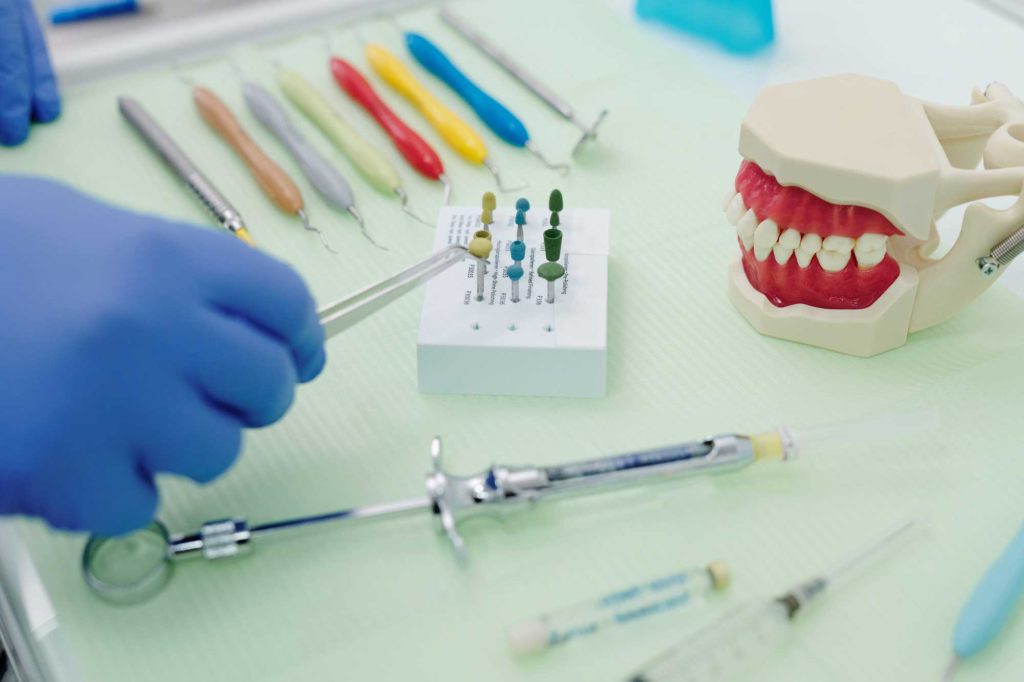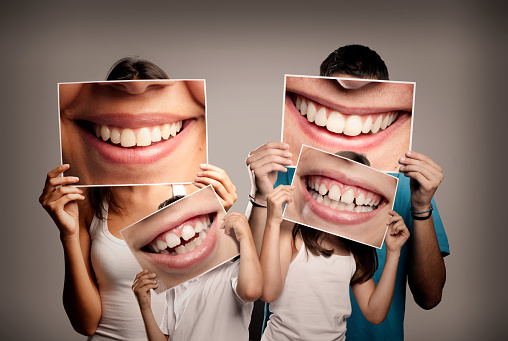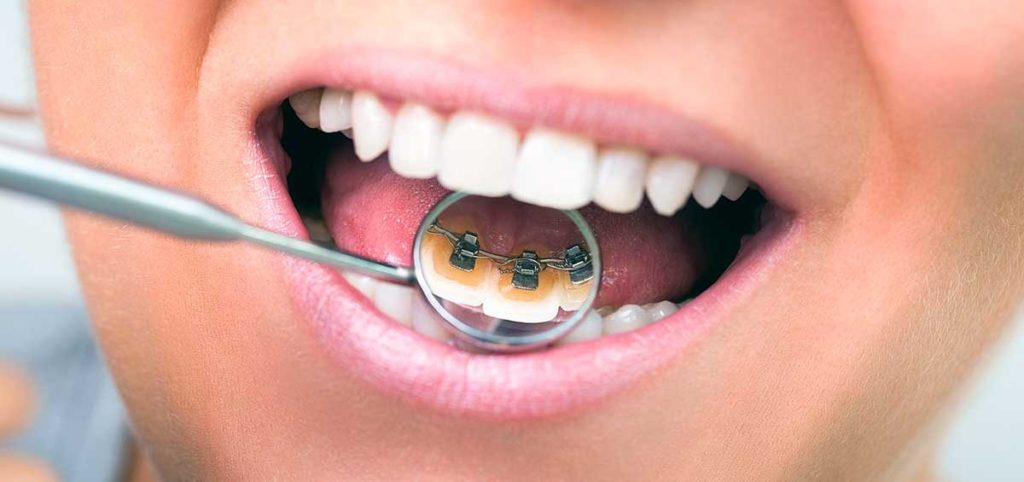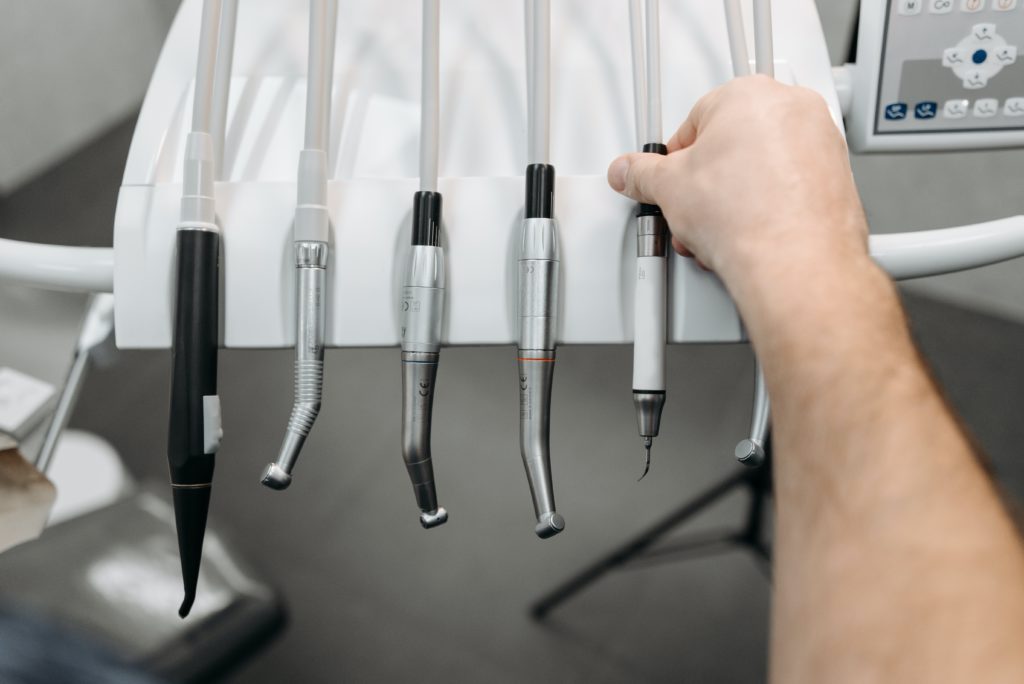Orthodontics
Diagnosis, prevention and correction of developmental disorders, the shape of the dental arches and the position of the teeth of both adults and children.
Improve your smile and your teeth occlusion
Orthodontics is the specialty of dentistry that studies, prevents and corrects developmental alterations, the shape of the dental arches and the position of the jaws, with the aim of restoring the morphological and functional balance of the mouth and face.
Thus, orthodontics is much more than moving teeth and placing them well individually. Orthodontics is responsible for correcting alterations of the jaws, the face, and above all, functional disorders of chewing, the temporomandibular joint (tmj), speech, swallowing and even breathing.
In addition, it improves facial aesthetics thanks to the improvement of the smile and the obtaining of a better facial harmony.

What kind of orthodontic treatments may you need?
After knowing your preferences and evaluating your needs, we carry out a complete orthodontic study of your oral problem. This study consists of photographs, radiographs (2d and 3d), digital or physical models. And / or other complementary records. After this study, our specialist will recommend which type of orthodontics is most effective in your case.


Invisible orthodontics
How do invisible aligners work?
It consists of the use of splints or transparent aligners that progressively improve the position of the teeth until the desired final position, based on the digital planning of the movements carried out by dr. Vilarrasa.
The invisible orthodontic system uses aligners that are manufactured individually for each patient, and with a material that makes them highly aesthetic – practically invisible – and comfortable.
They are removable, that is, they are removed to eat and brush, so they do not alter the lifestyle like braces and make it much easier to have proper dental hygiene during orthodontic treatment.
Children's orthodontics
When should the first visit to the orthodontist be made?
It is recommended that the first visit to the orthodontist be made from 6 years of age, when all the milk teeth are present in the mouth and the first permanent molar erupts. The main reason for this early action is to be able to establish a prevention program for both dental pathology and malocclusions.
Why is it important to have a first orthodontic visit at 6 years of age?
Early action between 3 and 12 years old, with milk or mixed dentition, allows us to detect habits (sucking of the finger, pacifier, tongue protraction) and skeletal and / or dental malformations that, if not treated at these ages, can lead to in orofacial development alterations that require much more complex treatments in adolescence or adulthood.
How to correct dental and skeletal problems?
With a simple appliance and a favorable prognosis, we can intervene and harmonize the growth and development of the child (Orthopedics of the jaws)
There are different devices and techniques for interceptive or first phase orthodontic treatment, both removable and fixed. At Clínica Vilarrasa, the orthodontist and pediatric dentist work together and in a coordinated way to be able to carry out the comprehensive diagnosis and treatment of child patients.

Orthodontics with brackets
Orthodontics with braces is performed at any age, be it children, adolescents or adults. The brackets are placed on the external or visible surface of the tooth, allowing precise and controlled movements to be achieved in the most efficient way.
What types of braces are there?
Conventional Brackets
The arch that makes the teeth move and / or over which they move is next to the brackets by means of elastic or metallic ligatures.
We use brackets with LP “Low profile” characteristics for the maximum comfort of our patients. They are smaller brackets, less bulky, that do not irritate the cheek and lips and allow better hygiene.
Self-ligating braces
The archwire is attached to the brackets using a gate or clip, without the need for ligatures.
Self-ligating brackets are the latest generation brackets that, combined with high-tech archwires, create a low-friction environment with light and continuous forces that improve the efficiency of tooth movement.
They perform dental movement in a more physiological and rapid way, reducing treatment time and the number of visits.
Aesthetic conventional braces
Instead of being metallic, the braces are made of a more aesthetic material. We work with conventional “low profile” LP ceramic brackets, which do not stain or stain during the treatment, and give us aesthetics and efficiency.
We also work with sapphire brackets, very discreet – since they mimic the color of the tooth.
Self-bonding brackets
Brackets that combine the benefits of a self-bonding bracket with the benefits of an aesthetic bracket.
Lingual orthodontics
The brackets are placed on the inner or invisible surface of the tooth, thus allowing maximum aesthetics, as they are imperceptible.
They allow to treat any type of dental malposition or malocclusion, with great precision and efficiency – comparable to that of conventional brackets – with the maximum possible aesthetics.
Among all the existing lingual systems, at Clínica Vilarrasa we use the Incognito system, due to its high predictability thanks to state-of-the-art technology and great individualization for each patient.
Brackets and bows are made to measure for each patient, based on a digital design and robotic manufacturing.
This high personalization allows maximum adaptation to the teeth, making the brackets thinner and flatter, causing less discomfort to speech and chewing.


Orthodontics combined with orthognathic surgery (maxillofacial)
Adolescent and adult patients who have already completed their growth and who have dental and skeletal malocclusion (of the jaw bones) receive orthodontic treatment combined with orthognathic surgery.


